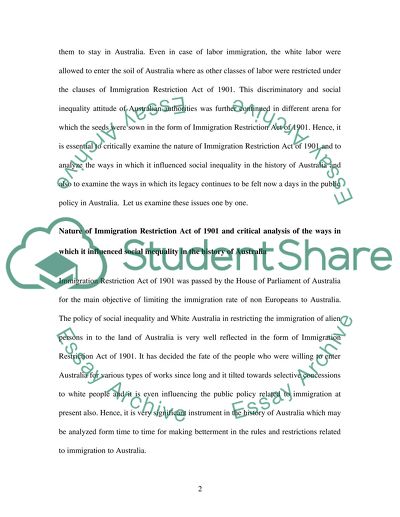Cite this document
(“Social Inequality in Australia Essay Example | Topics and Well Written Essays - 2250 words”, n.d.)
Retrieved from https://studentshare.org/macro-microeconomics/1423825-social-inequality-in-australia-research-essay
Retrieved from https://studentshare.org/macro-microeconomics/1423825-social-inequality-in-australia-research-essay
(Social Inequality in Australia Essay Example | Topics and Well Written Essays - 2250 Words)
https://studentshare.org/macro-microeconomics/1423825-social-inequality-in-australia-research-essay.
https://studentshare.org/macro-microeconomics/1423825-social-inequality-in-australia-research-essay.
“Social Inequality in Australia Essay Example | Topics and Well Written Essays - 2250 Words”, n.d. https://studentshare.org/macro-microeconomics/1423825-social-inequality-in-australia-research-essay.


